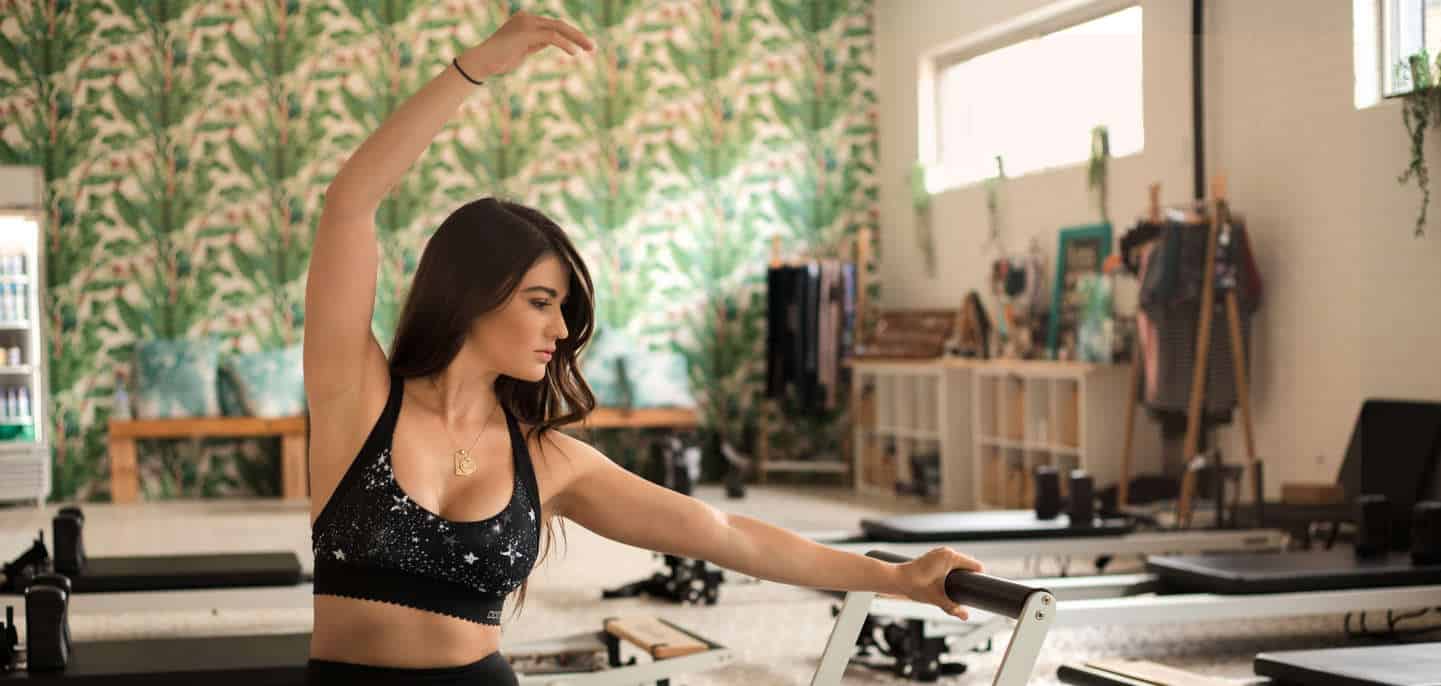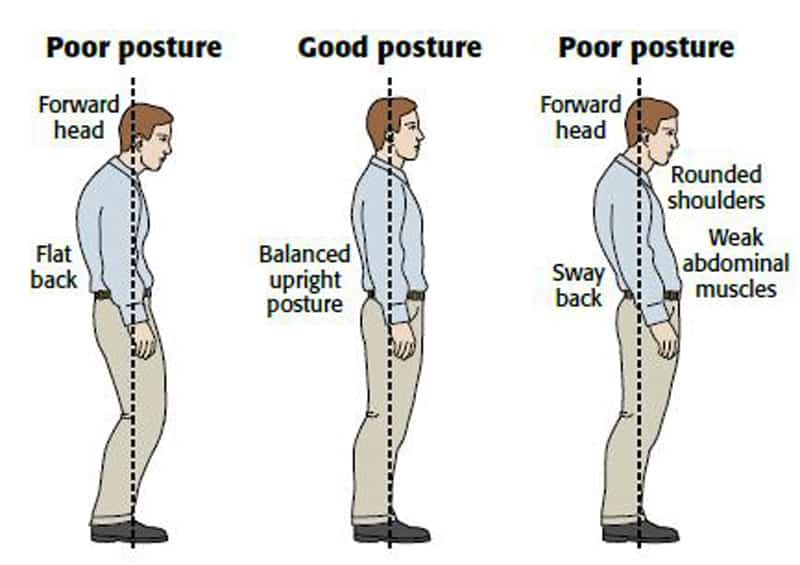Definition: Wonky/ ‘wonki’/
adjective
not straight; crooked or askew
synonyms: crooked, off centre, lopsided, askew, skew, skew-whiff (of a thing), unsteady, shaky, unstable, rocky, not functioning correctly; faulty. “I enjoy good health apart from my wonky knees”.
https://en.oxforddictionaries.com/definition/wonkyDefinition: Posture/ ‘ posta’/
noun
the position in which someone holds their body when sitting or standing
synonyms: position, pose, attitude, stance, particular approach or attitude, attitude, stance, stand, standpoint, view, point of view, viewpoint, opinion, position, way of thinking, frame of mind, outlook, angle, slant, perspective
https://en.oxforddictionaries.com/definition/posture
In the age of extended working hours over desks for many adults, and technology in place of active play for many children, good posture can be one of the many expenses. However, lifestyle behaviours and choices are not the only thing to blame. Genetics, bone size and structure, injury and disease also contribute to how bones, muscles, ligaments and tendons co-ordinate themselves in standing and movement.
Besides looking tall and upright, good posture facilitates efficient use of muscles and joints and the economical use of our energy needed to maintain and move them [1-3]. Discrepancies, however can have a ripple effect across the body, influencing how well other parts of our body functions and moves [2, 4] and can cause wonky posture or postural ‘wonkiness’*.
* ‘wonky posture’ and ‘wonkiness’ are fictional ‘postural conditions’, created by the author. These terms are not used in professional practice (except for maybe the author’s) or research contexts related to posture or Pilates.
Ideal posture
No, ideal posture does not come with a picture of Elle Macpherson, it’s a little less glamorous than that (even she has her faults). Posture is like a finger print …. No-one’s posture is exactly the same!
Yes, it can be controlled by more than an expensive pair of tights and photoshop!
Beyond the aesthetics, ‘ideal posture’, refers to an alignment of the spinal column and all other segments lined up closely or as balanced to a central line of gravity that runs through the centre of the body (also known as and measured against a plumbline). This is where muscles, joints, tendons and ligaments all function at their best with as little effort and energy as possible (figure 1), [2, 3, 5].
NEED IMAGE FOR FIGURE 1
Figure 1: Ideal posture https://airfreshener.club/quotes/posture-plumb-line-anterior-view-human-body.html
For the record, the spinal column is made up of 33 bones including 7 vertebrae in the neck – cervical region, 12 in the upper to middle spine – thoracic region, 5 in the lower back – lumbar region, and 9 that start from the small of the back into the butt areas – 5 in the sacral region and 4 in the coccygeal region) [6].
So, that is a lot of bones to line up correctly! Let’s make it more complicated. In addition to these 33 bones ‘ideal postural alignment’ also includes placement of the pelvis, limbs (arms and legs) and head.
Postural Discrepancies
Have you ever lined up a bunch of dominos, to watch them fall in a pattern, but one is just a tad too far to the left ??
Where there are postural discrepancies and imbalances from ‘ideal posture’, muscles may under or over develop, and not recruit or function optimally causing ‘wonkiness’. Which may potentially lead to less effective movement patterns, muscle fatigue and overuse, pain, injuries and development of other physical conditions [2, 3, 7].
Figure 2: Common postural discrepancy patterns resulting in poor or ‘wonky’ posture versus ideal posture against a plumb line. https://chiro.org/wordpress/2018/12/sagittal-standing-posture-and-its-association-with-spinal-pain/
Let’s look at a hypothetical example of how one small complaint may cause ‘wonkiness’:
You have a ‘wonky’ left ankle so your body may decide to carry more weight on your right leg to protect it. This potentially means more of your weight sits into your right hip. So, your lower and middle spine may lean a little to the left to counter balance you, and your left shoulder may lift to the right to counter balance that, and your head has to lean a little to the left so you can see straight and bam you end up with ‘wonky’ posture.
At the root of all this ‘wonkiness’ is your ‘wonky’ left ankle so your intuitively come up with strategies to get you through the day’s demands without falling over. However, between work, family, home and social and other commitments you don’t even notice it happening and suddenly it seems you are not standing up so straight, and your shoulder hurts when you do the washing.
So, the wonky ankle, contributed to a wonky spine, which contributed to a wonky shoulder! …… Huh????
Let’s consider another scenario.
We have Jack and Jill with the same strength and the same build, standing either side of a telegraph pole trying to hold up a telegraph pole, so it’s stays vertical. Jill on the left and Jack on the right (figure 3).
NEED IMAGE FOR FIGURE 3
Figure 3: Jack and Jill holding up a vertical telegraph pole, keeping it stable and upright
It’s not too much effort for either Jack or Jill to keep it upright. However, Jill sneezes, and the pole falls just a little to the right (figure 4). Jack must use a whole lot of effort and energy to contract and shorten a bunch of muscles, squatting and push against the pole, so it doesn’t fall over and squash him. Jill on the other side needs to pull on the pole and stretch a lot of joints and muscles (and work them at the same time) for the same reason.
NEED IMAGE FOR FIGURE 4
Figure 4: Telegraph leaning to the right, Jack pushing, Jill pushing, demonstrating actions and muscular demands required from left and right required to keep a vertical pole from falling.
Clippinger (2007) and Kendall et al (2005) describe ideal positioning of different body landmarks and describe four distinct posture types characterised by deviations relative to a plumbline (ideal, kyphotic-lordosis, flat-back and sway back) (figure 5). Each of these are associated with spinal curvature trends, pelvic positions, and alignment through knees, ankles, and head, as well as position of shoulders and arms, and of course different muscular demands to keep us upright!
NEED IMAGE FOR FIGURE 5
Figure 5: Different posture types. Which one are you?
Scoliosis (figure 6) is another common spinal defect that affects posture and may affect the function of muscles throughout the body.
NEED IMAGE FOR FIGURE 6
Figure 6: Scoliosis assessment
None of these posture discrepancies may cause noticeable harm unless the person is dealing with difficulty in everyday movement function, discomfort, pain.
Technically postural control is defined as the ability to control the position of our bodies in space for balance and orientation [4] and it is most effective and efficient when it is as close to this ideal postural alignment as possible (are you seeing the pattern?). Posture is largely controlled by automatic multi-sensory systems (stemming from your central nervous system in the brain). However, for those of us with a bit of ‘wonkiness’ the good news is there are also conscious voluntary parts of posture that enable us to manipulate and correct it [1, 2, 8, 9] at least to some extent.
Posture is present and relevant in both static (motionless) or dynamic (moving) contexts [3] so not only does it matter when we are standing but it is also important when we are moving.
Pilates and posture: why they work so well together!
The Pilates method focuses on (among other things) lining up the bones of the spine and pelvis, along with all parts attached (i.e. head, shoulders, limbs) in the ideal postural shape in both still and moving contexts [11-14]. Thus, it may help our bodies produce better movements across all ranges and avoid falling over (i.e. keeping stable). Better yet, in theory, it may also reduce the costs to our energy and effort supplies. Awesome …. everyone loves a bargain!
When your Pilates instructor asks you to press into your little toe and looks at your hips ….. there’s a reason!
When Joseph Pilates developed his method of exercise, there was not a whole lot of evidence to show that ideal posture was correlated with so many benefits [2, 5, 7, 10, 11]. However, his ideas and intuition, it seems were perhaps right on the mark.
Posture is one of the first things a Pilates instructor should look at, as it can provide an enormous amount of information on how your body works. How it keeps everything upright, how it responds when you move, how muscle groups may contract in order to perform different movements, why certain areas are tight, and why other areas are may be lax.
With that information your instructor should be able to prescribe movements and exercises for your individual body, to improve the way you stand and move, how you centre yourself and how you control your movement.
So …..
If you have made it to the end of this article (and forgotten how it started) I would ask you to notice how your spine and pelvis are lined up at random times of everyday life and how it feels right now! If it feels good that’s awesome!
You may find a bit of ‘wonkiness’ however and this may reflect in other parts of your body, (and it may not, posture is a description not a diagnosis). A wonky posture does not necessarily result it pain, injury or dysfunctional movement.
If your posture is a concern, invest in learning how to stand up and move in the best way you can.
There are many different therapies which may assist with this. In my bias opinion, Pilates is obviously one of these! No one is perfectly aligned, my job as a Pilates instructor would be super boring if this was the case!
If your concerns are affecting the function of everyday life, I suggest you listen to your body and find a practitioner who can help.
REFERENCES
1. Frank, J.S. and M. Earl, Coordination of posture and movement. Physical therapy, 1990. 70(12): p. 855-863.
2. Kendall, F.P., et al., Muscles: Testing and Function, with Posture and Pain (Kendall, Muscles). 2005: Philadelphia: Lippincott Williams & Wilkins.
3. Ackland, T.R., B. Elliott, and J. Bloomfield, Applied anatomy and biomechanics in sport. 2009: Human Kinetics.
4. Sousa, A.S., A. Silva, and J.M.R. Tavares, Biomechanical and neurophysiological mechanisms related to postural control and efficiency of movement: a review. Somatosensory & motor research, 2012. 29(4): p. 131-143.
5. McNeill, W., Pilates: Ranging beyond neutral – A practical discussion. Journal of Bodywork & Movement Therapies, 2014. 18(1): p. 124-129.
6. Hoehn, K. and E.N. Marieb, Human anatomy & physiology. 9th ed. 2014, Essex: Pearson Educated Limited.
7. Clippinger, K.S., Dance anatomy and kinesiology. 2007: Human Kinetics.
8. Geneviève, S.-L., R. Anthony, and B. Martin, Dynamic postural control and associated attentional demands in contemporary dancers versus non-dancers. PLoS ONE, 2017. 12(3): p. e0173795.
9. Maheu, M., et al., Influence of dance training on challenging postural control task. Gait & posture, 2019.
10. Hall, S.J., Basic biomechanics. 7th ed. 2015, New York: McGraw-Hill Education.
11. Ahearn, E.L., A. Greene, and A. Lasner, Some Effects of Supplemental Pilates Training on the Posture, Strength, and Flexibility of Dancers 17 to 22 Years of Age. Journal of Dance Medicine & Science, 2018. 22: p. 192+.
12. Emery, K., et al., The effects of a Pilates training program on arm–trunk posture and movement. Clinical Biomechanics, 2010. 25(2): p. 124-130.
13. Krawczky, B., M. Mainenti, and A. Pacheco, The Impact of Pilates Exercises on the Postural Alignment of Healthy Adults. Revista Brasileira de Medicina do Esporte, 2016. 22(6): p. 485-490.
14. Wells, C., G.S. Kolt, and A. Bialocerkowski, Defining Pilates exercise: a systematic review. Complementary therapies in medicine, 2012. 20(4): p. 253-262.


